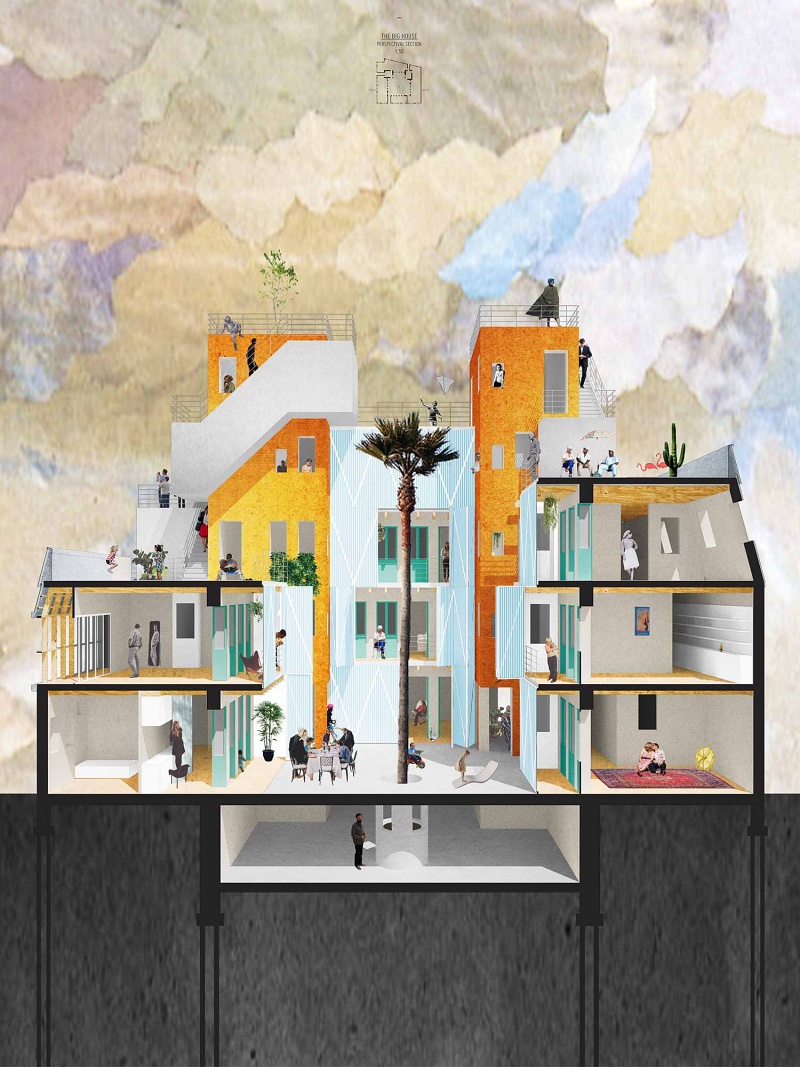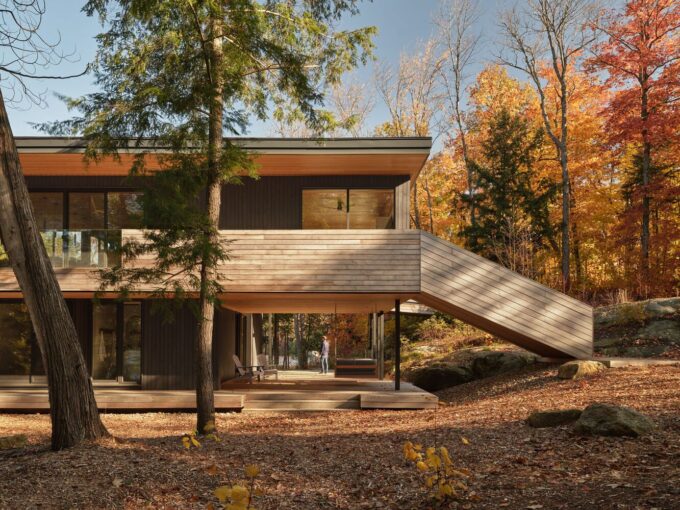- Home
- Articles
- Architectural Portfolio
- Architectral Presentation
- Inspirational Stories
- Architecture News
- Visualization
- BIM Industry
- Facade Design
- Parametric Design
- Career
- Landscape Architecture
- Construction
- Artificial Intelligence
- Sketching
- Design Softwares
- Diagrams
- Writing
- Architectural Tips
- Sustainability
- Courses
- Concept
- Technology
- History & Heritage
- Future of Architecture
- Guides & How-To
- Art & Culture
- Projects
- Interior Design
- Competitions
- Jobs
- Store
- Tools
- More
- Home
- Articles
- Architectural Portfolio
- Architectral Presentation
- Inspirational Stories
- Architecture News
- Visualization
- BIM Industry
- Facade Design
- Parametric Design
- Career
- Landscape Architecture
- Construction
- Artificial Intelligence
- Sketching
- Design Softwares
- Diagrams
- Writing
- Architectural Tips
- Sustainability
- Courses
- Concept
- Technology
- History & Heritage
- Future of Architecture
- Guides & How-To
- Art & Culture
- Projects
- Interior Design
- Competitions
- Jobs
- Store
- Tools
- More
10 Successful Architectural Section Drawings by Architects
An architectural drawing is a drawing normally presenting some building or other structure. Architectural drawings can be plan, section, or system detail drawings. The sectional drawing can be done digital or hand drawings with pencil and pen, ink, chalk, charcoal and pastels.

An architectural drawing is a drawing normally presenting some building or other structure. Architectural drawings can be plan, section, or system detail drawings. The sectional drawing can be done digital or hand drawings with pencil and pen, ink, chalk, charcoal and pastels. The use of perspective is often employed to show the interior impression of a building or other structure in sectional drawing.
Since through a drawing, the general form and feeling of the design can be expressed, drawings are an indispensable part in architectural design. With the development of computer technology and the increasing mature of 3D software, it is possible to produce 3D models with drawings. In this article, we will explore some of sectional drawing techniques via best examples by architects.

Let’s start with one of the most successful examples. What you see in this example is a perspective section render. Since the first thing that comes to mind when it comes to section drawing is 2D and detailed drawings drawn in CAD programs, we wanted to start talking about successful architectural section drawings with such an example.

In this example, the technique used by the architects is actually to take a section of the software they are modeling in 3D and to get a successful render from the render engine. In addition, we found the style of the section, whose post-production was completed with a wonderful environment and vegetation, very successful.
Next up is an example of a section that stands out with its eye-catching colours. From the best wall art to Clè artisan tiles, you can design different architecture in 3D software. The reason why it is included in this list as a successful example is that, as in the previous example, the model-section was drawn very successfully and combined with successful collage techniques. In this drawing, which is literally an example of a “living section”, the architect tells us very well the atmosphere inside the building.

Next up is an example of a section that stands out with its eye-catching colours. The reason why it is included in this list as a successful example is that, as in the previous example, the model-section was drawn very successfully and combined with successful collage techniques. In this drawing, which is literally an example of a “living section”, the architect tells us very well the atmosphere inside the building.

It is an example of a successful black-and-white cross-section, following a colored sample, explaining that ingenuity is not in color. In this example, the designer used the graphic communication of architecture in the best way and presented the life in the cross section in a black and white composition. In the drawing, we witness the life of many users within the building, which is suitable for its scale.
Also, check out Depositphotos blog article about architectural photography where you will find many new tips for you.

If we continue with the 3D examples, in this example we see that a successful section is drawn over two colors. If we continue with the 3D examples, we see that a successful section is drawn over two colors in this example. In fact, this example, unlike the others, does not describe the whole life in the building. Only the relationship of the underground and street level with the building entrance is represented. It is an example of a suitable and successful section. With the growing integration of AI in design workflows, architects can now explore new creative possibilities. Tools like the Adobe Firefly AI Art Generator in Photoshop allow for the seamless enhancement of architectural drawings, making it easier to experiment with textures, lighting, and artistic styles in section renderings.

It is the example of 2-dimensional section drawing which is done by an architect. In this section, clear technical drawings are revised by successful textures and colors. We see the all-stories’ life in the building clearly.

You can use realistic textures with CAD style technical drawings together like in this example. We appreciate the collage skills in this section where we see the warmth and life of the interior spaces from the attic to the basement.
Next successful section drawing examples for construction details of the buildings.



- architect drawing techniques
- architect sketching
- architectural blueprints
- architectural cut section
- architectural design examples
- architectural drafting
- architectural drawing inspiration
- architectural drawing techniques
- architectural drawings examples
- Architectural Floor Plans
- Architectural Section
- architectural section details
- Architectural Section Drawing
- architectural section drawings
- Architectural Section Samples
- architectural sections
- architecture design inspiration
- Best Sections by Architecture Students
- building section drawings
- construction section drawings
- how to create architectural sections
- How to Draw Architectural Section
- innovative architectural sections
- professional architectural drawings
- section drawing
- Section Drawing Principles
- section drawings by architects
- successful architectural drawings
- top architectural section drawings
Submit your architectural projects
Follow these steps for submission your project. Submission FormLatest Posts
The Ultimate Guide to Fencing in North Dakota: Choosing the Best Fence for Your Property
Watching a chain link fence twist in 70 mph winds near Minot...
Gaudí: Where Architecture Meets Science
Gaudí: Where Architecture Meets Science shows catenary arches, ruled surfaces, and biomimicry...
How Housing Market Forces Shape Architectural Design Today
Architecture never exists in isolation. Buildings rise from a mix of ambition,...
Why Portable Formaldehyde Gas Detectors Matter on Construction Sites
As construction practices shift toward more enclosed and material-intensive environments, the risk...












Leave a comment